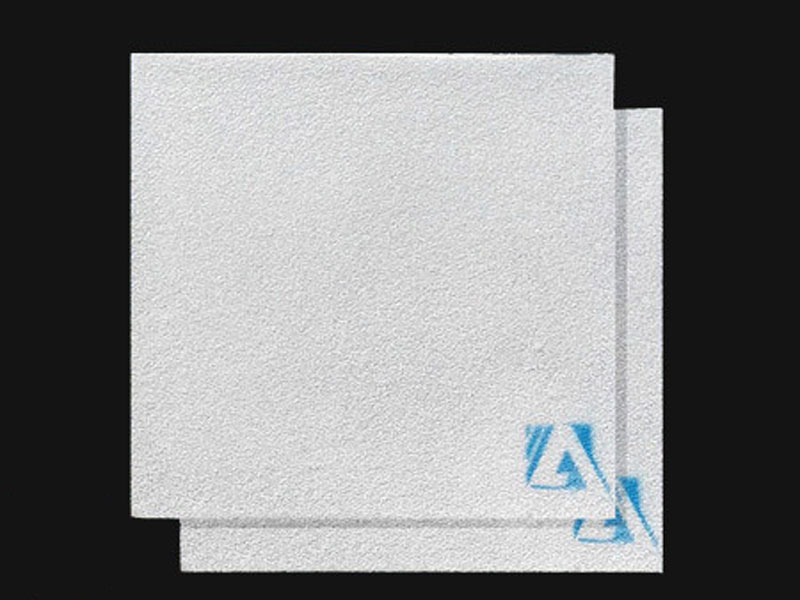
09 8月 Ceramic Foam Filter Aluminium Korba
Ceramic Foam Filter Aluminium Korba has a three-dimensional structure, which is characterized by not being wetted by molten aluminum, etc., thermal shock resistance, and can remove non-metallic impurities larger than 12 microns in molten aluminum in aluminum melting and casting plants.
Ceramic Foam Filter Aluminium Korba can effectively intercept the inclusions and impurities in the liquid metal and improve the quality and yield of castings. Studying the mechanism of its purification of liquid metal can provide a theoretical basis for the improvement and application of the ceramic foam filter.

Molten metal, especially molten aluminum, often contains solid matter, which will affect the quality of the casting. After the molten metal is solidified. This solid matter appears as an impurity in the casting, resulting in a decrease in ductility and surface gloss .
Cast aluminium alloy can directly obtain the aluminum alloy of the part by the metal casting forming process. The alloy element content of this type of alloy in aluminum alloy castings is generally more than the content of the corresponding deformed aluminum alloy.
The aluminum alloy used for the required parts is directly obtained by casting process.
It is required to have ideal castability: good fluidity, small shrinkage, hot cracking and cold cracking tendency, small segregation and gas absorption.
The element content of cast aluminum alloys is generally higher than that of corresponding deformed aluminum alloys, and most alloys are close to the eutectic composition.
From 1905 to 1925, European and American countries carried out research on industrial aluminum alloys on the basis of studying the phase diagrams of aluminum alloys.
The aluminum-nickel alloy was initially studied, but its casting performance was not good, so nickel failed to become the main strengthening element.
Later, he studied the addition of copper, magnesium, manganese, silicon and other elements to aluminum, and obtained relatively ideal properties. Therefore, some binary and multi-element cast aluminum alloys were developed. Among them, the famous silicon aluminum alloy was used around 1920. In industry.
Modern cast aluminum alloys can be divided into 4 series according to the main elements added
Aluminum-silicon series, aluminum-copper series, aluminum-magnesium series and aluminum-zinc series
For these 4 series, all countries have corresponding alloys and alloy grade marks.
China adopts ZL+3 digit notation method, the first digit indicates the alloy system, among which
1 means aluminum-silicon alloy system
2 means aluminum-copper alloy
3 means aluminum-magnesium alloy
4 means aluminum-zinc alloy system
The second and third digits indicate the alloy serial number
Several typical cast aluminum alloys in China are shown in the table, which can be divided into heat-resistant cast aluminum alloys, air-tight cast aluminum alloys, corrosion-resistant cast aluminum alloys and weldable cast aluminum alloys according to their use characteristics.


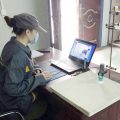
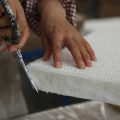
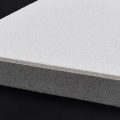
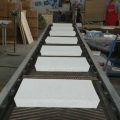
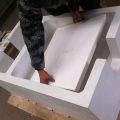
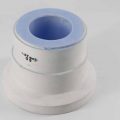
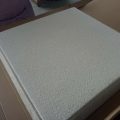
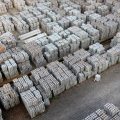
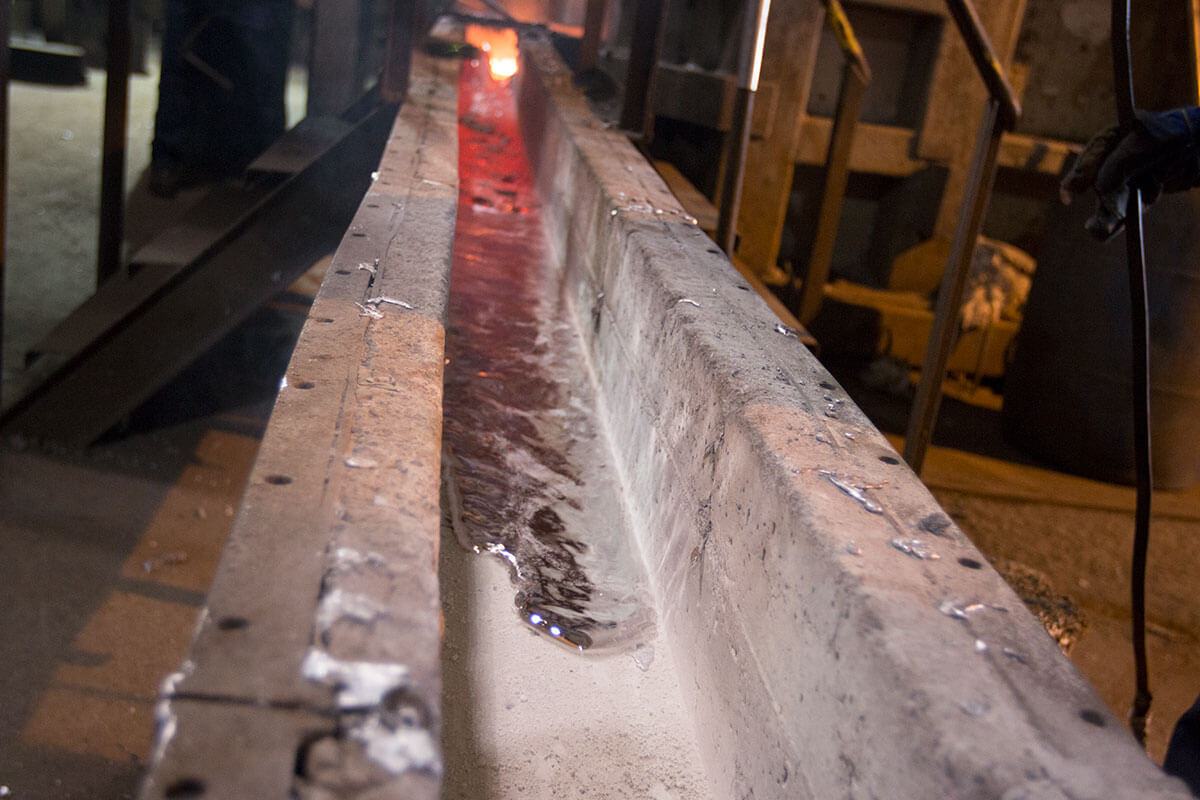
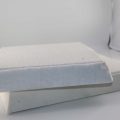
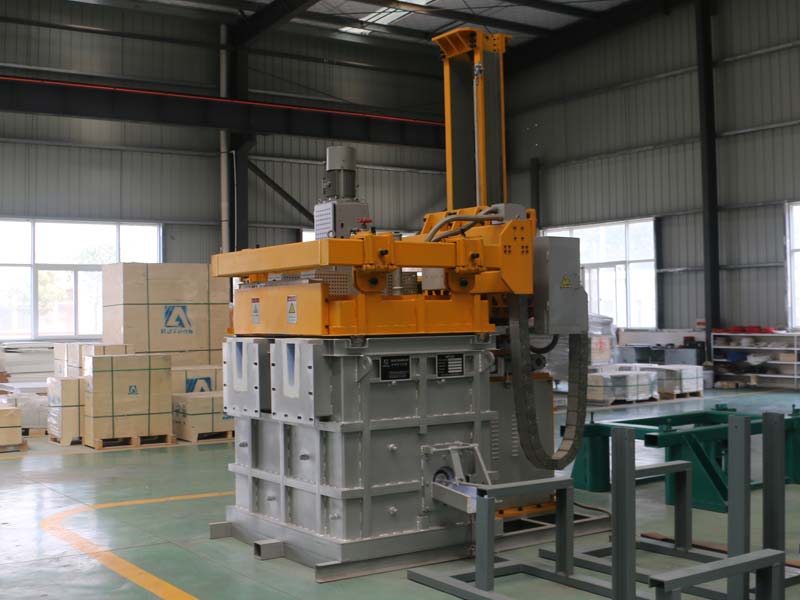
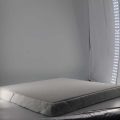
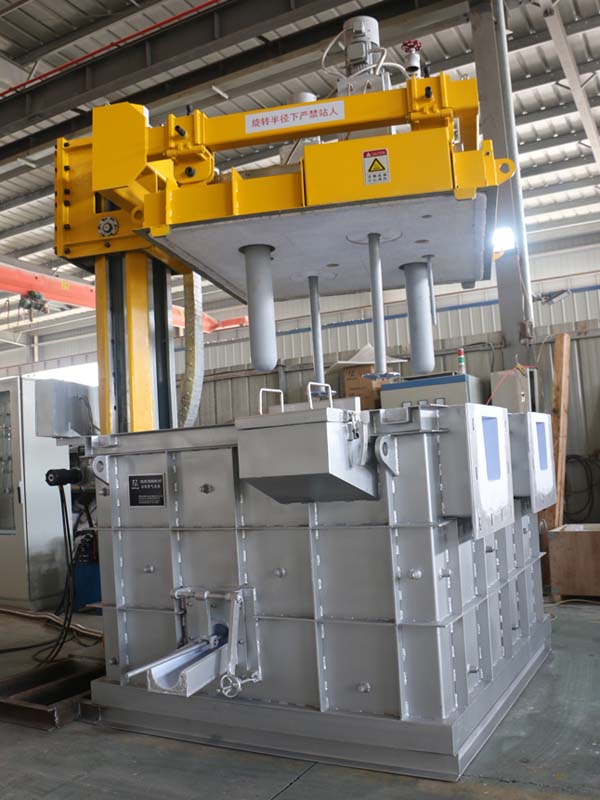
No Comments